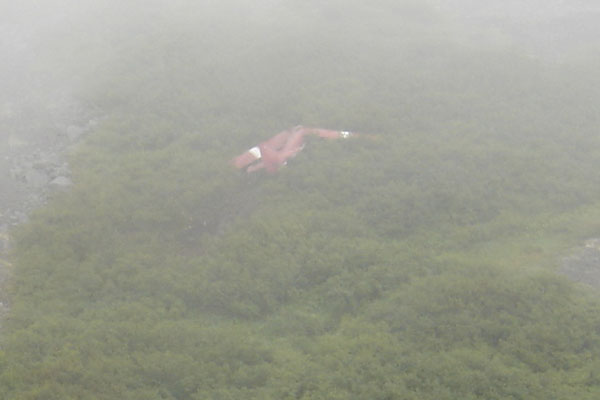New details are beginning to emerge about the plane crash that killed Sen. Ted Stevens (R-AK) and four others — Dana Tindall, her daughter, Corey, 16, lobbyist Bill Phillips and the pilot, Terry Smith. Sean O’Keefe, EADS CEO, his son Kevin, lobbyist Jim Morhard and Phillips’ son Willy, 13, remain hospitalized in Anchorage. Although the crash site remains relatively inaccessible due to weather conditions, NTSB investigators have pieced together a preliminary report based on accounts from rescuers and witnesses.
According to the Anchorage Daily News, the party left the GCI-owned lodge on the Agulowak River near Lake Aleknagik between 3:00 and 3:15 to fish for silver salmon near the Nushagak River. Around 6:00, the main lodge called the fishing camp about 6:00 pm to inquire when the party would be returning for dinner — only to find out that they had never arrived. The crash site is about a 15-minute flight from the main lodge.
The lodge apparently reported the flight overdue, and the FAA began notifying pilots in the Dillingham area, several of whom started backtracking the route between the lodge and the fishing camp. One of them was John Bouker, the owner of Bristol Bay Air Service in Dillingham who had just finished an air taxi flight, and GCI president Ron Duncan. Bouker found the crash site 35 minutes after beginning his search.
After searching about 35 minutes, Bouker said, he spotted wreckage about 1,000 feet up an unnamed mountain in the Muklung Hills, about a third of the way from the lodge to the fish camp.
“I found them on a side of the mountain at about 1,000 feet, right below the fog,” Bouker said. “The fog kind of cleared and I found the airplane in the side of the mountain.”
The Otter had plowed into the hill, Bouker said. “He bounced up the mountain. He looked like he was in a full-power climb.”
From the air, the plane appeared mostly intact, he said. “It looked like it was survivable.” He didn’t see anyone on the ground, but the rear door was open.
Fifteen minutes later, helicopter pilot Tom Tucker, carrying someone from GCI, landed on a ledge above the crash site; Sam Egli also managed to get helicopter near the scene. Both were carrying medical personnel, but they weren’t able to free anyone from the plane without tools. One helicopter — presumably Egli’s — was carrying a doctor, who was dropped off 1,000 feet from the site and hiked the rest of the way. By that time, one passenger had managed to free himself.
The doctor had a satellite phone and radios, so people on the scene were able to be in contact with the lodge and Dillingham. But, due to weather conditions, rescuers were unable to access the scene until 7:00 the following morning.
ABC News reports that the survivors had broken bones and internal injuries, but that they survived due to the help of the volunteer medical personnel and the fact that many of them were wearing fishing waders, which helped protect them from the elements.
All in all, it was nearly 4 hours after the initial crash before any help arrived, and it was 12 hours before rescuers with extraction equipment were able to reach the scene. Investigators do not yet know whether any of those who were fatally injured survived the initial impact or died thereafter.









